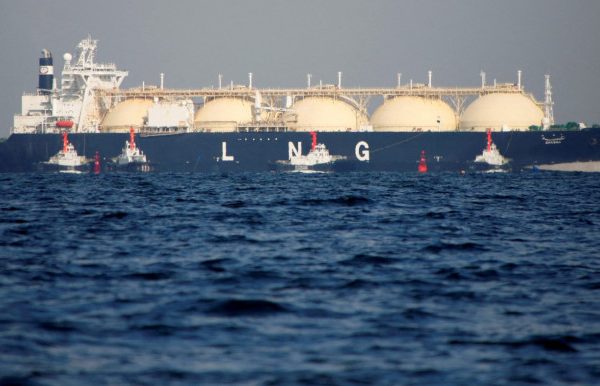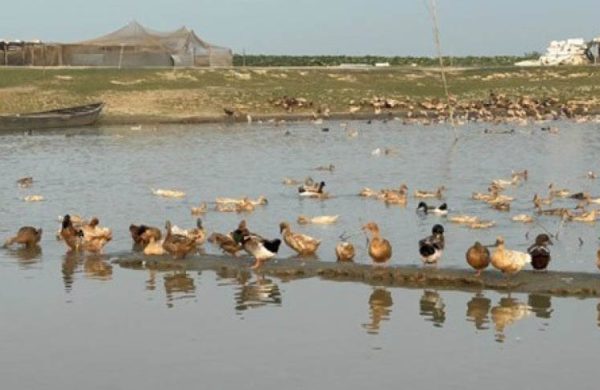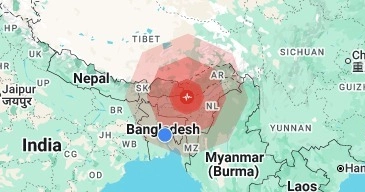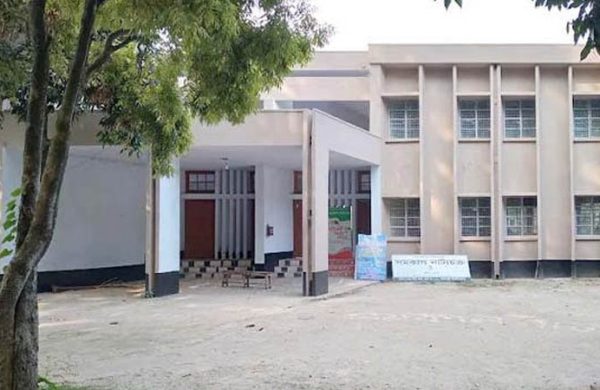Govt to purchase 6 spot LNG cargoes to feed power plants this summer
- Update Time : Wednesday, April 16, 2025

Staff Correspondent:
To meet the growing electricity demand in May, the Energy Division has taken an aggressive step by importing six LNG cargoes from the spot market – significantly higher than the usual 3-4 cargoes – to fuel gas-fired power plants.
State-owned Rupantarita Prakritik Gas Company Ltd, a subsidiary of Petrobangla, will import the cargoes, each with a capacity of 32 lakh MMbtu – roughly equivalent to 2,900-3,000 million cubic feet (MMcf) of gas after regasification.
“We will purchase six LNG cargoes from the spot market for May. We’ve already floated tenders for the purchase,” Md Rafiqul Islam, managing director of Rupantarita Prakritik Gas.
The move comes amid a steady rise in power demand, with officials projecting that nationwide demand will increase by at least 2,000 megawatts – from the current 14,500-15,000MW to around 17,000MW in summer months.
According to AccuWeather, temperatures in May are expected to reach 35-36.5°C, up from 33-35°C in April.
Early forecasts indicate that temperatures in parts of Bangladesh could reach 40°C or higher in May, particularly in regions like Dhaka and Rajshahi. This anticipated heatwave is expected to significantly increase electricity demand, especially for air conditioning and other cooling needs.
Despite the increased push for spot LNG, Rupantarita Prakritik Gas officials said six cargoes would not be enough to meet May’s demand. “To ensure a smooth supply of gas to power plants, we need to buy at least 7-8 spot cargoes,” an official said.
For May purchases, Rupantarita Prakritik Gas floated the first round of tender on 28 March to buy three cargoes for the 1-2, 10-11, and 16-17 May windows. The second round was floated on 9 April to purchase three more cargoes for the 15-16, 22-23, and 25-26 May windows.
Notifications have been sent to 22 suppliers that signed the Master Sales and Purchase Agreement with Petrobangla for LNG supply from spot markets. The deadline to submit bid documents for the first round was 6 April, and for the second round, it was 13 April.
In addition to the six cargoes from the spot market, four more from long-term contracts will be added, bringing the total imported gas supply in May to around 29,000-30,000 mmcfd. The average LNG supply from both long-term and spot markets in May will range between 967 and 1,000 mmcfd.
SHORTFALL LIKELY DESPITE NEW PURCHASES
Petrobangla and Rupantarita Prakritik Gas sources indicated that despite purchasing six cargoes from the spot market, there will still be a shortfall of around 150-200 mmcfd in gas supply for power plants.
According to projections from the Power Division, 1,200 mmcfd of gas is needed to generate 6,500-6,700MW of electricity from gas-fired power plants to meet the growing electricity demand in May and during the summer months.
Bangladesh Power Development Board (BPDB) officials said against the demand for 1,200 mmcfd, the average gas supply has been around 950-980 mmcfd, sourced from both LNG and local production. Occasionally, the supply reaches 1,100 mmcfd.
Officials noted that the insufficient gas supply has caused power generation from gas-fired plants to fluctuate between 5,200-5,400MW, forcing them to rely on furnace oil-based power plants, thereby increasing the cost of power generation.
Md Zahurul Islam, member (Generation) of the PDB, said, “For summer preparations, we heavily depend on gas-fired power plants. However, a gas supply shortage means we cannot operate them at full capacity. We are receiving less than 1,000 mmcfd, while we were assured of 1,200 mmcfd.”
GAS CRUNCH FORCES PDB TO RELY ON COSTLY OIL-BASED PLANTS
The PDB is in a challenging situation, forced to operate furnace oil-based power plants despite their higher costs compared to gas-fired plants.
PDB officials stated that, currently, oil-based plants are running from 5pm to 11pm, generating 3,000-3,500MW of electricity daily to compensate for the shortfall from gas and coal-fired plants.
The highest generation from oil-fired plants has reached 3,700-3,800MW, but the PDB aims to limit production to 3,000-3,500MW to keep costs manageable. The average cost of producing electricity from oil-fired plants is Tk35-45 per unit, while gas-fired electricity costs around Tk15 per unit.
The ability to offset the gap left by gas-fired plants with coal and oil is also limited. Managing the primary fuel for these alternative plants requires sufficient liquidity, which is currently constrained, according to a Power Division official.
Zahurul Islam said, “We are forced to run oil-based power plants despite their production costs being considerably higher than those of gas-fired plants.”


















